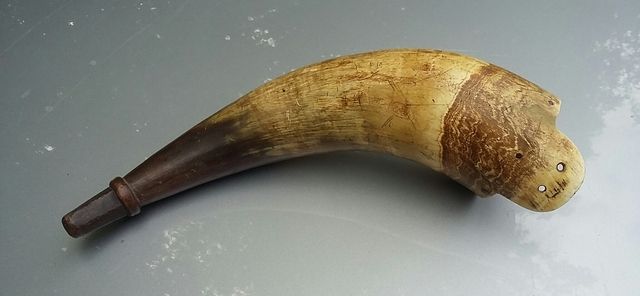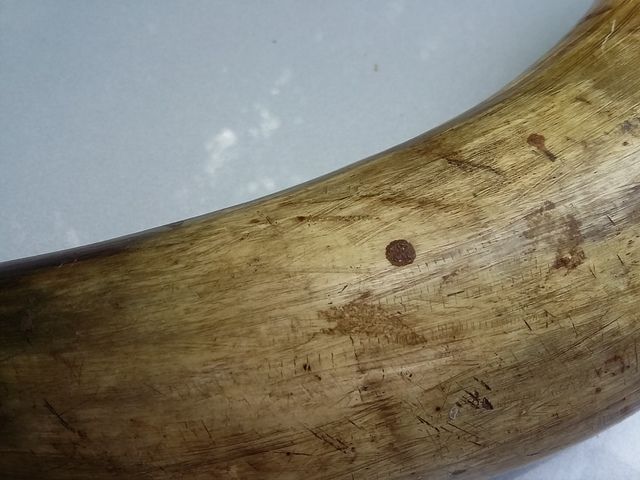Black Hand
Cannon
- Joined
- Mar 17, 2005
- Messages
- 9,348
- Reaction score
- 897
Your sarcasm is apparent, even through the internet...Bagman said:I, for one am actually looking forward ...to seeing what BlackHand is bringing to the table. He seems to have a great depth to his collections. It would be great to have him share such a resource with us all. :hatsoff:






